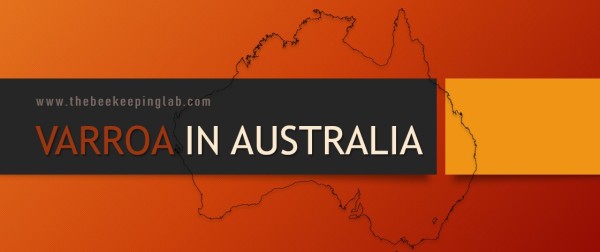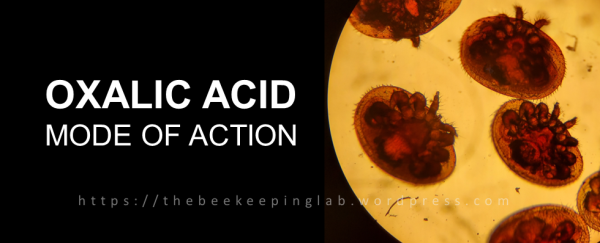On June 22, 2022, during a routine biosecurity inspection in New South Wales, Australia, the Varroa mite was detected in sentinel hives at the port of Newcastle. As a result, the government implemented rigorous eradication measures, including quarantine, feral colony poisoning, and the burning of several thousand hives. The NSW Department of Primary Industries (DPI)... Continue Reading →
Bee Breeding Mechanics
To what extent can a beekeeper influence the so-called genetic material of their bees? In free mating, only few things can be controlled in each generation of queens (due to polyandry, etc.). However, it is believed that with persistence, long-term improvement of honey bees can be achieved. Organized breeding centers know well that there is... Continue Reading →
Pseudo-Darwinism in Beekeeping
In recent years, some forms of alternative beekeeping have been revitalized, such as treatment free, biodynamic and "natural" beekeeping. These practices exploded in popularity when world-renowned Professor Tom Seeley publicized his experiments in 2017 and introduced the name "Darwinian Beekeeping". Seeley's argues that the concept of evolution through natural selection is rarely used in beekeeping. By imitating... Continue Reading →
The Amitraz file: Part I -Mode of action
Amitraz is a substance widely used to treat Varroa mite infestations in bees. It is popular because it is effective and has low residues in hive products. The emergence of Varroa mite infestations in recent decades has put beekeeping at risk, and beekeepers have increasingly relied on the use of synthetic acaricides. Varroa quickly developed... Continue Reading →
Honeybees and Iteroparity
Honey bees stand out from other bee species due to three characteristics. The first is polyandry, that is, the mating of the queen with several drones. The second is genetic diversity, which ensures that the colony expresses no rigid behaviors. The third is something so obvious that it is overlooked: Iteroparity. The colony is a multitude of offsprings,... Continue Reading →
Varroa Mite Resistance: Ecdysone
Scientists published a paper in 2019 which describes a genetic trait that confers resistance to varroasis in two honey bee populations, one in Toulouse (France) and one on the island of Gotland (Sweden) 1. Both populations, although separated, happen to have the same resistant mechanism. How does this mechanism work? Varroa does not have the ability... Continue Reading →
Oxalic Acid Mode of Action
This text describes the acaricidal mode of action of oxalic acid. We also make some remarks on the safety of oxalic acid sublimation. Oxalic acid in nature Oxalic acid is a natural defense component of plants and is often found in nature. It is produced in the leaves or roots of plants to prevent insects... Continue Reading →
Viral infections and Varroa- Part I
This is the first, introductory part of a series of articles that address the issue of viruses and their complex relationship with varroa. It is a translation of an article written during Summer/fall 2021 in Greece, one of the most bee-dense countries in the world. The varroa/viruses situation was dramatically increased the recent years and... Continue Reading →







